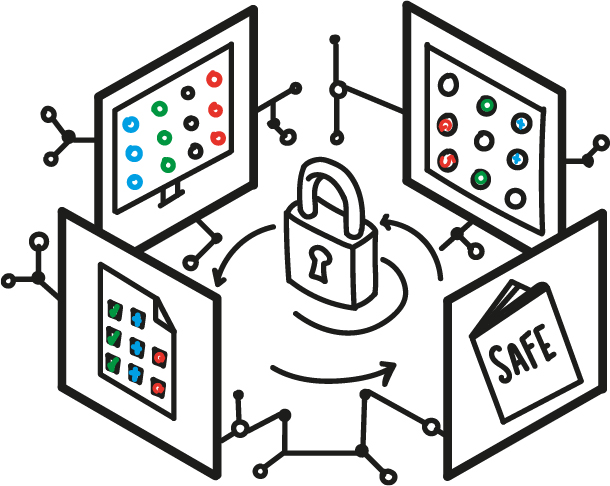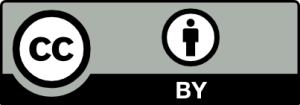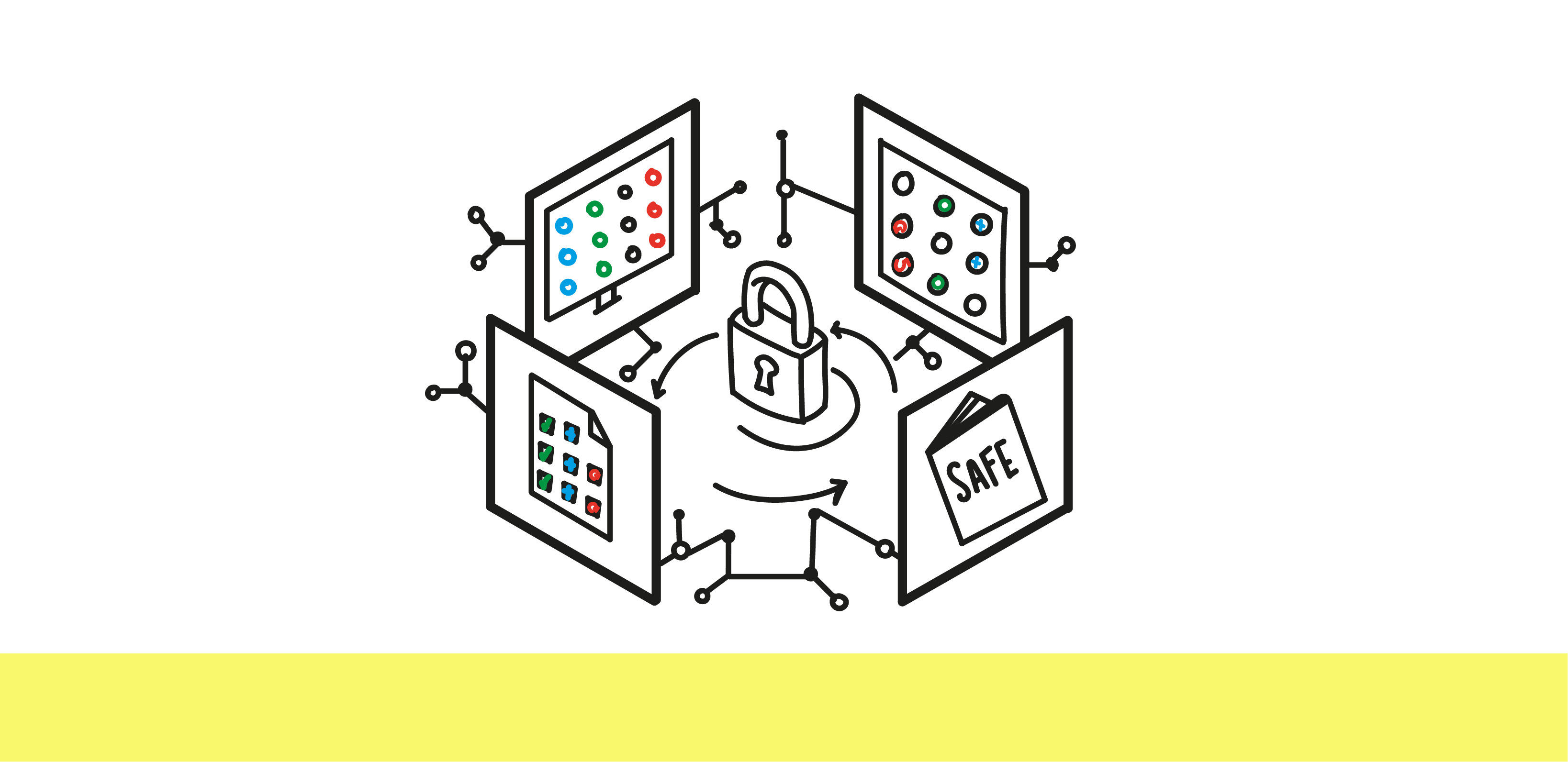#11 Exams in times of AI
Making exams more secure
The rapid development of generative AI is changing teaching and examination scenarios in higher education.
On the one hand, various tools offer valuable support to both teachers and students by facilitating creative processes in planning and teaching courses.
On the other hand, new challenges arise:
- What skills will students need to develop in the future to successfully assert themselves in a world shaped by AI?
- How can it be ensured that the performance was actually achieved by the students themselves and is not just the result of an AI assistant?
More information about use cases of AI in teaching can also be found in the Didactics category in the article #09 Use of AI-based tools in teaching (Part 1).

In order to counteract cheating through the use of AI in exams, new elements can be added to the exam format, or the format can be changed completely.
However, this article uses the example of the Informatik-Fit ("Get Fit in Computer Science") bridge course to illustrate how the exam format can be retained but made more secure.
Short description of the learning setting:
- Course: Informatik-Fit (“Get Fit in Computer Science“)
- Prerequisites: None
- Period: 3 weeks in September/October
- Group size: 100-150 participants
- Delivery method: Lecture as MOOC
The article deals with:
- Multiple-choice exams in the lecture hall
Computer-aided paper-and-pencil grading with Gradescope - Secure digital exam environment
Safe Exam Browser (SEB)
Constructive alignment as basis of exam design
The principle of constructive alignment is a central approach to the design of courses and exams. It demands that learning outcomes, teaching methods and exam formats are coordinated. If any changes are made to the exam and its format in order to prevent cheating with AI tools, the constructive alignment must also be considered.
In a foundational course or a course such as Informatik-Fit, students with different levels of previous knowledge are present. The aim of the course is to build basic knowledge; more in-depth knowledge will be acquired in later semesters. So far, the exam has been held as a multiple-choice online exam in the TeachCenter Exam. Due to the short period of time and the low taxonomy levels of the learning objectives (remembering, understanding, applying), the multiple-choice format is nevertheless still well suited for exams in such courses. An addition or change to the exam format does not make sense at this time. However, it is necessary to secure the format in times of AI assistance systems.
Two solutions that can be implemented at TU Graz and have been successfully tested in the Informatik-Fit course are presented here: paper-and-pencil exams in the lecture hall with digitally supported grading as well as online exams with the Safe Exam Browser.
More information about the priniciple of constructive alignment can also be found in the Didactics category in article #10 Use of AI-based tools in teaching (Part 2).
1. Paper-and-pencil exams in the lecture hall
With the advent of AI tools, one might think that traditional forms of exams such as paper-and-pencil exams would become less important. However, especially in times when there is a risk of misuse of AI-supported tools, traditional forms of exams such as paper-and-pencil exams are becoming more relevant again. They offer a proven way of ensuring the authenticity of exam results, as they are conducted entirely offline and without access to digital aids. However, when creating and grading paper-and-pencil exams, you do not have to do without digital tools.
Support through Exam Printer and Gradescope:
To efficiently design paper-and-pencil exams, tools such as the Exam Printer and Gradescope are available.
Gradescope enables quick and simple digital grading of handwritten exams, while the Exam Printer creates a printable PDF exam sheet from the question bank in the TeachCenter.
These tools can also be combined and help to efficiently conduct and secure traditional exam formats.
More information about the tool Exam Printer can also be found in the TeachCenter category in article #11 Best Practice Example: Exam Printer in the TeachCenter.
2. Secure online exams using Safe Exam Browser
While switching to paper-and-pencil exams is a solution for specific scenarios, there is still a need for secure online exams.
Online exams are particularly susceptible to cheating with AI-supported tools, which can jeopardise the validity of the exam results. Safe Exam Browser (SEB) offers a solution to create a secure exam environment.
Safe Exam Browser is a special browser that creates a secure environment so that students can only open the exam, for example, and have no access to unauthorised tools on their screen. The settings for Safe Exam Browser can be configured in the TeachCenter (Exam), but SEB is a separate software application.
Although SEB can be installed free of charge on the students' devices, taking exams from home ("take-home exams") is still not always sufficiently secure (think AI voice assistants).
At TU Graz, Safe Exam Browser can be used in all classrooms with IT infrastructure.
Alternatively, there is also the option of a "bring your own device" (BYOD) exam, where students bring their own devices into the lecture hall.
Compared to Gradescope, SEB allows you to open existing TeachCenter (Exam) exams in a secure environment and therefore requires less preparation. The use in classrooms with IT infrastructure is a good option for exams with fewer participants, as these classrooms only have limited seating available.

Summary
Securing the exam format in times of AI is a challenging but necessary task. Through a purposeful use of traditional and modern exam formats, the integrity of exams can be preserved. Constructive alignment serves as a fundamental principle to ensure that all elements of the learning process - from learning outcomes to teaching methods to the exams - are aligned with one another. The strategic use of tools such as the TeachCenter (Exam), the Exam Printer, Safe Exam Browser and Gradescope offers valuable support in ensuring valid and fair exam conditions.
Licensed under a Creative Commons licence CC BY 4.0 International
 Benedikt Brünner (Institute of Interactive Systems and Data Science)
Benedikt Brünner (Institute of Interactive Systems and Data Science)
